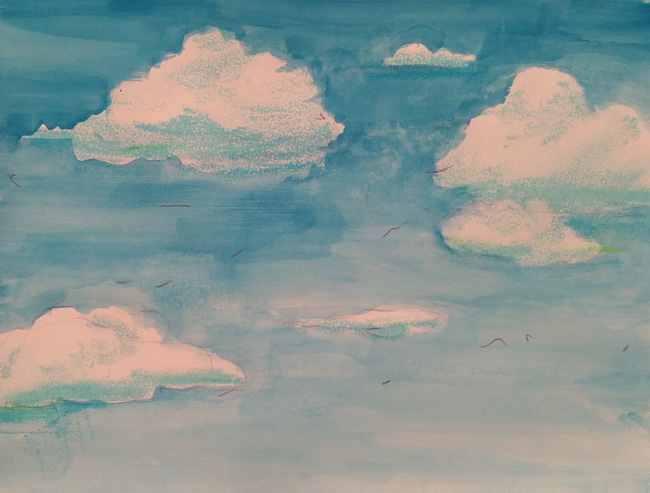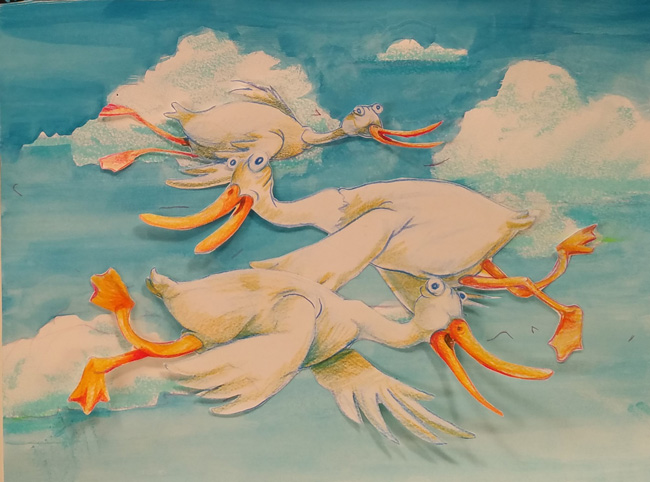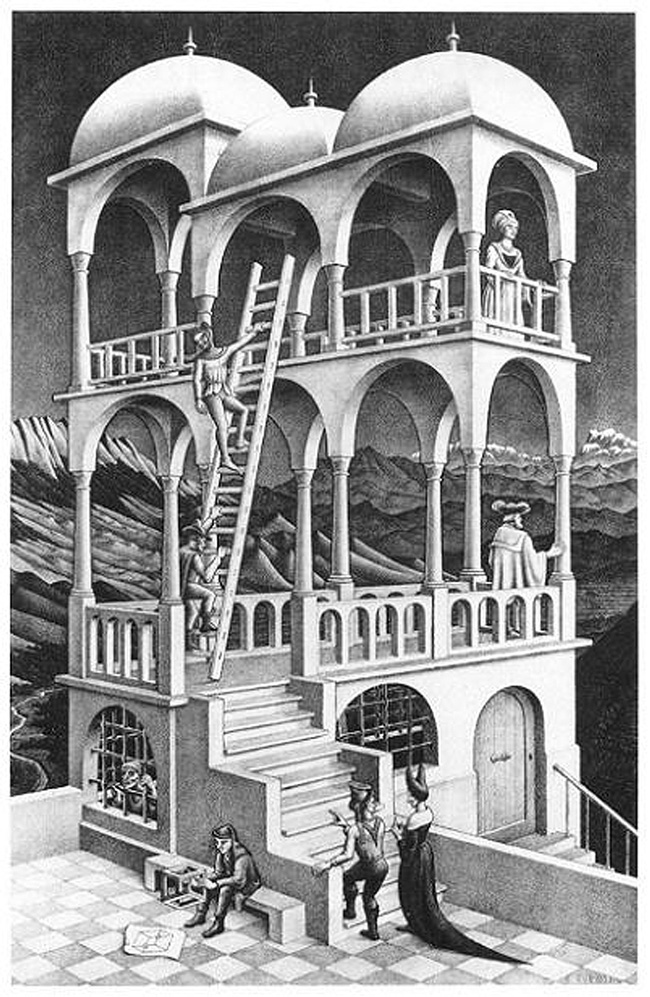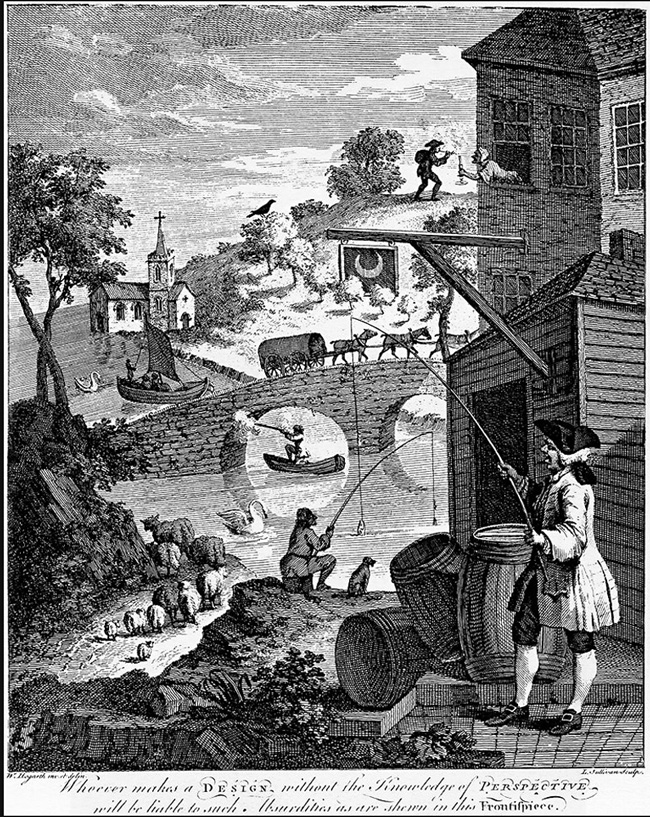| 1912-3 | Print | Close [X] |
FLYING AWAY Franz Spohn illustrates distance and perspective in his drawings of birds in flight.
|
|
Always cover your work surface with a mat or some type of protective covering like wax paper or plastic. Age Range: 7 to 12 Skill Level: Advanced Appropriate for These Special Events: Supports Subject Areas of: Time needed for project: Technique: Distal Cues…make your drawings more spatial Faber-Castell® color pencils There are several ways to create a more spatial feel to drawings (distal cues). These include:
Overlapping shapes Position on page Items closer to the bottom of the page have a tendency to be observed as closer to the viewer Change of scale When similar shapes are seen and one is of a different size, then the larger of the shapes will appear to be closer Detail Things in the foreground, or closer to the viewer, have more detail….e.g. feathers, textures, etc. Intensity of Color or Value (also known as atmospheric perspective) The vividness and brightness of colors, especially in the warmer range, are more intense when perceived in images closer to the viewer. They appear duller and less intense farther away. Perspective Parallel lines have the appearance of meeting at a point at a great distance from the viewer on what is called the horizon line (an imaginary line that corresponds to the viewer’s eye level at an infinite distance. Think of the line “formed” by the sky and ocean when you are at the beach). Shadows If an “object” exists in a spatial environment, it will cast a shadow when exposed to a light source. The shadow falls away from the light source and thus implies space. When several of these principals are used when you draw, a stronger feeling for the space of the drawing will be created. Try to create a visual environment with a background, middle ground and foreground. Place objects/figures at various positions so that they overlap and change in scale. Use bright colors with higher contrast in the foreground and more subdued in the background. Add detail to the foreground elements and less as the “space” recedes into the background. Artists such as M.C. Escher and William Hogarth manipulated these “rules” to create amusing and humorous contradictions of space.
|
Our Partners:
|
E-mail questions about Hands On Crafts for Kids to info@craftsforkids.com |








